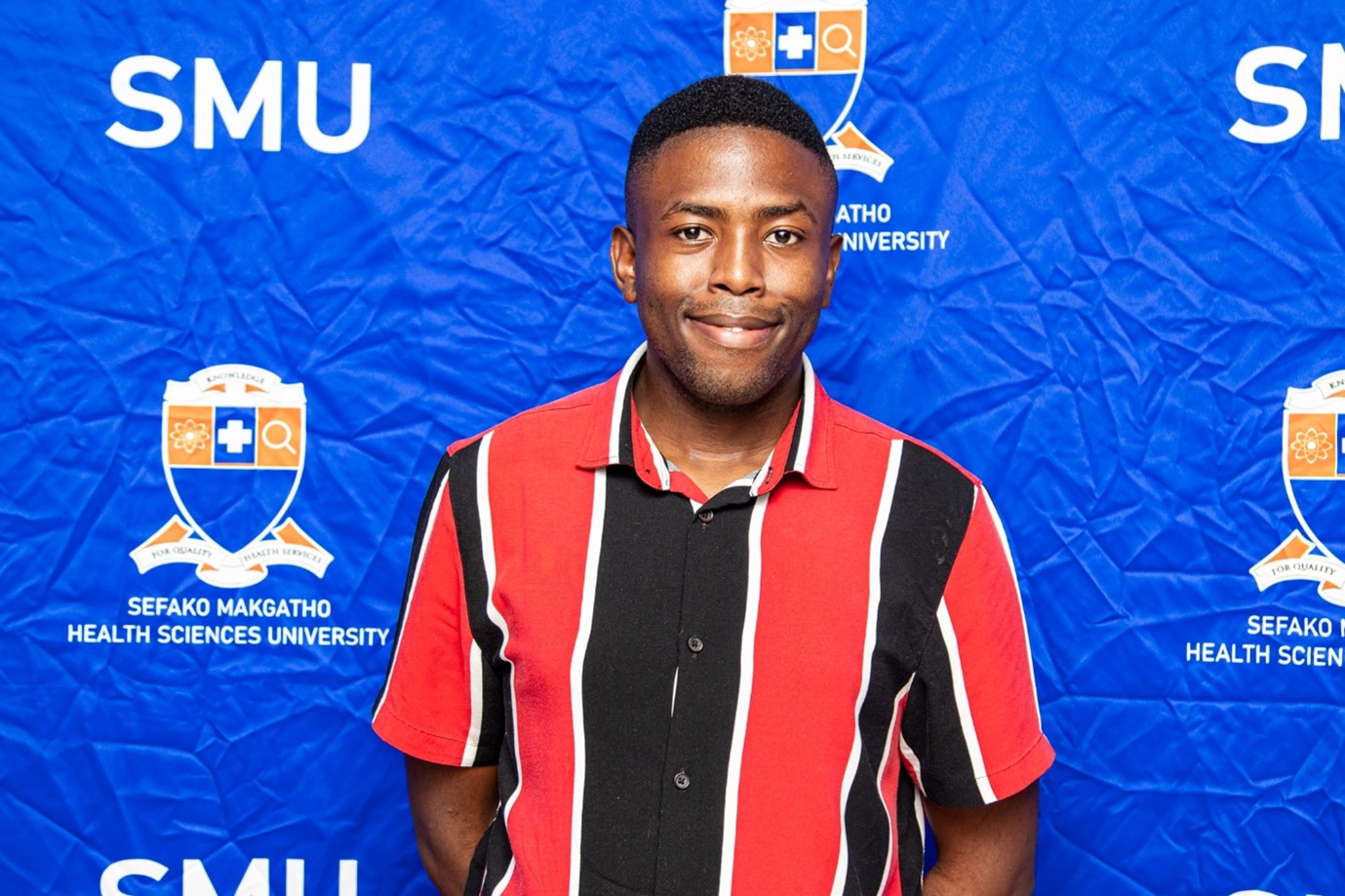In this article, fifth-year medical student Kgothatso Legong addresses the importance of a careful approach when dealing with vulnerable patients.
______
Child abuse is a pervasive issue that affects countless children around the world, and South Africa is no exception. As a doctor, it is crucial to be aware of the signs of child abuse and to know how to properly handle cases of suspected abuse in order to protect and advocate for the well-being of these vulnerable individuals.
When faced with a case of suspected child abuse, a doctor should follow a set of guidelines and protocols to ensure that the child receives the necessary care and support. The first step in approaching a case of suspected child abuse is to be vigilant and observant of any signs or symptoms that may indicate abuse. Some common signs of child abuse include unexplained injuries, frequent absences from school, changes in behaviour or mood, and reluctance to go home or be around certain individuals.
Once a doctor has identified potential signs of abuse, it is important to document and report the suspected abuse according to the laws and regulations. The Children’s Act of 2005 is the key legislation that governs child protection in South Africa. According to this act, any person who has reason to believe that a child is in need of care and protection is obligated to report the matter to the Department of Social Development or the South African Police Service (SAPS). Failure to report suspected child abuse can result in criminal charges and penalties.
In addition to the legal requirements, it is also important for doctors to consider the ethical implications of reporting suspected child abuse. The principle of beneficence, which emphasises the duty to promote the well-being and safety of individuals, should guide doctors in their decision-making process. By reporting suspected child abuse, doctors can help ensure that the child receives the necessary intervention and support to protect them from further harm.
Furthermore, the principle of non-maleficence, which emphasizes the duty to do no harm, also underscores the importance of reporting suspected abuse. By failing to report suspected abuse, doctors run the risk of allowing the abuse to continue unchecked, potentially causing further harm to the child in question. As healthcare professionals, doctors have a moral and ethical obligation to prioritize the best interests of the child above all else.
In cases of suspected child abuse, doctors should also consider the principle of respect for autonomy, which emphasizes the importance of respecting the rights and decisions of individuals. While it is ultimately up to the authorities to investigate and take action in cases of suspected abuse, doctors should still strive to involve the child and their caregivers in the process and ensure that their views and preferences are taken into consideration.
When approaching a case of suspected child abuse, doctors should also be mindful of the potential emotional and psychological impact that the situation may have on the child and their caregivers. It is important for doctors to approach these cases with sensitivity and empathy, and to provide the necessary support and resources to help the child and their family cope with the situation.
In ending, addressing cases of suspected child abuse in South Africa requires a comprehensive and multidisciplinary approach that takes into account the legal, ethical, and bioethical considerations involved. By following the guidelines and protocols outlined in the Children’s Act of 2005, doctors can help ensure that children who are victims of abuse receive the necessary care and protection to safeguard their well-being and future. Through a commitment to upholding ethical principles and promoting the best interests of the child, doctors can play a crucial role in advocating for the rights and safety of vulnerable individuals.
